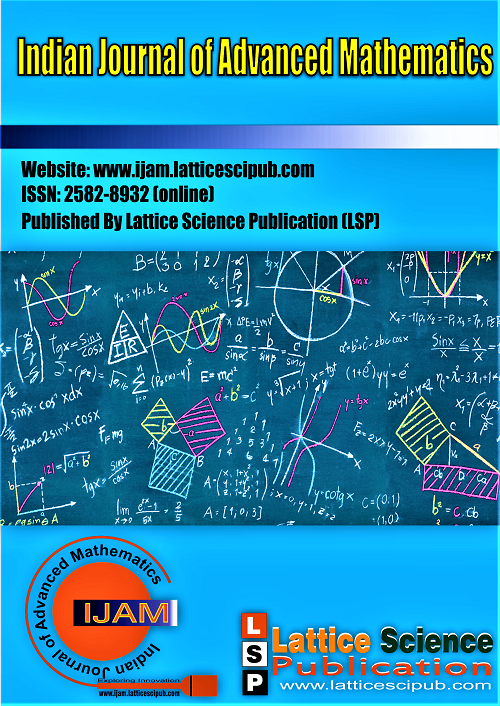Rise of the Gole Number System
Main Article Content
Abstract
For centuries, the decimal number system served various applications, from basic counting to measuring astronomical distances. However, the efficient and humanfriendly representation of extremely large numbers remains a challenge. For instance, the distance between the Earth and the Moon is 384,400,000 meters, demanding nine digits in decimal representation. To address these challenges, this paper introduces a new number system called the Gole Number System. This new number system is based on an extended radix system, allowing for a compact and efficient representation of large numbers. Specifically, the Gole Number System, derived from the RNumber system with base 100, reduces the number of digits needed for large numbers, achieving a 50% reduction in representation length. By leveraging unique symbols, Gole number system provides compact numbers that can optimize digital displays, memory usage, and computational efficiency. It also offers a unique alignment with the decimal number system thus making it more familiar to human cognitive ability to easily comprehend the value of the Gole number. This compactness can translate to greater efficiency in storing and transmitting data. Potential applications of this number system are, data compression, compact displays, efficient indexing, and secure identification systems. This paper also outlines formal conversion steps and arithmetic operations within the Gole number system, establishing a rigorous mathematical framework for computational applications.
Downloads
Article Details

This work is licensed under a Creative Commons Attribution-NonCommercial-NoDerivatives 4.0 International License.
How to Cite
References
Rajib Mukherjee and Manishita Chakraborty (2023). "Extending Galileo’s Ratio to Hex Numbers and Beyond." Mathematics Magazine, 96(3), 296–298. DOI: http://doi.org/10.1080/0025570X.2023.2199704.
"Design of a two-stage ASCII recognizer for the case-sensitive inputs in handwritten and gesticulation mode of the text-entry interface" by Anish Monsley Kirupakaran, Kuldeep Singh Yadav, Naragoni Saidulu, Saharul Alom Barlaskar, and Rabul Hussain Laskar. Published in Multimedia Tools and Applications, Volume 83, pages 75101–75145, September 2024. DOI: http://doi.org/10.1007/s11042-024-18261-5.
Unicode Consortium. (2022). The Unicode Standard, Version 15.0. Mountain View, CA: The Unicode Consortium. Retrieved from https://www.unicode.org/versions/Unicode15.0.0/
Ravi Revelly, “System and Method for Hardware-Driven Low Dimensional Numerical Representation for Enhanced Data Compression and Indexing” India, Patent App. 202441034973, May 2024
.





